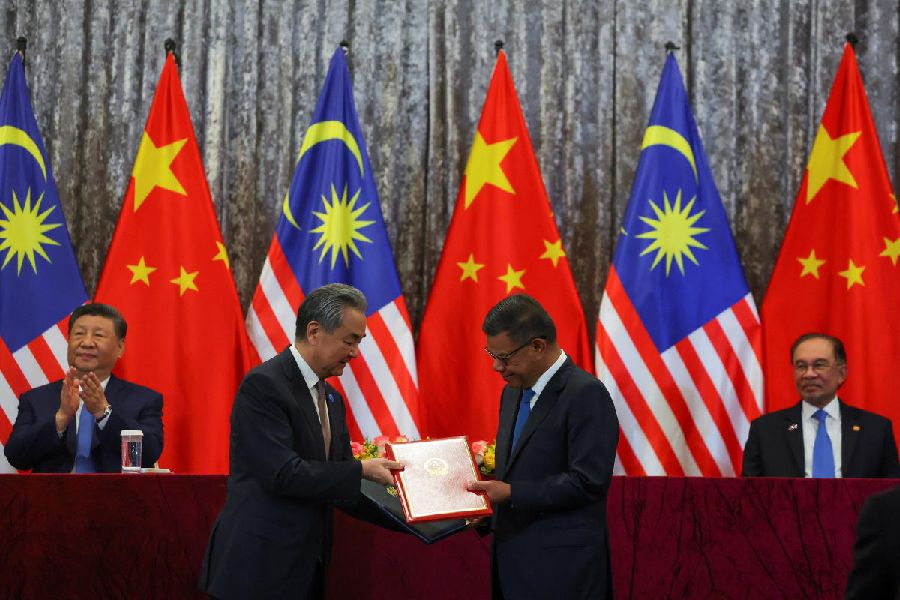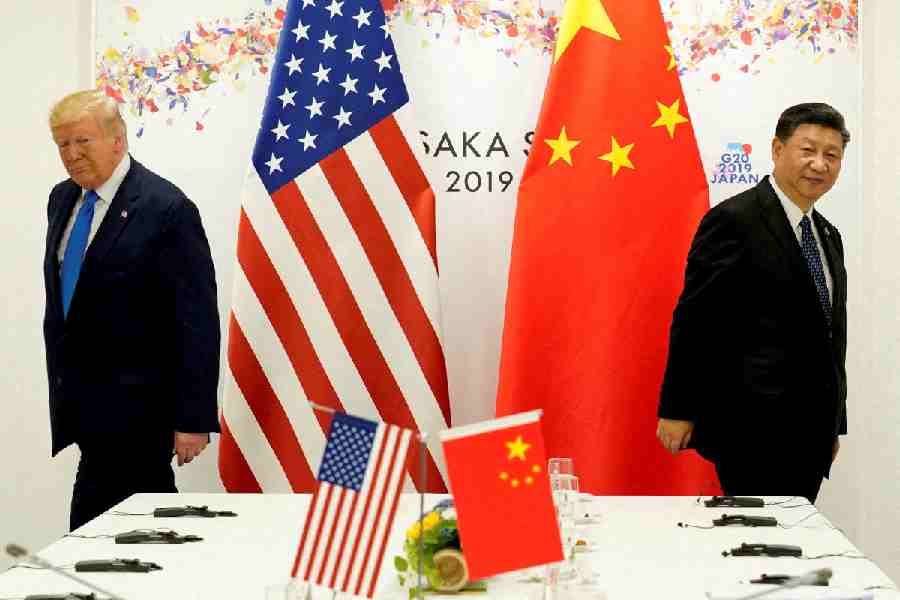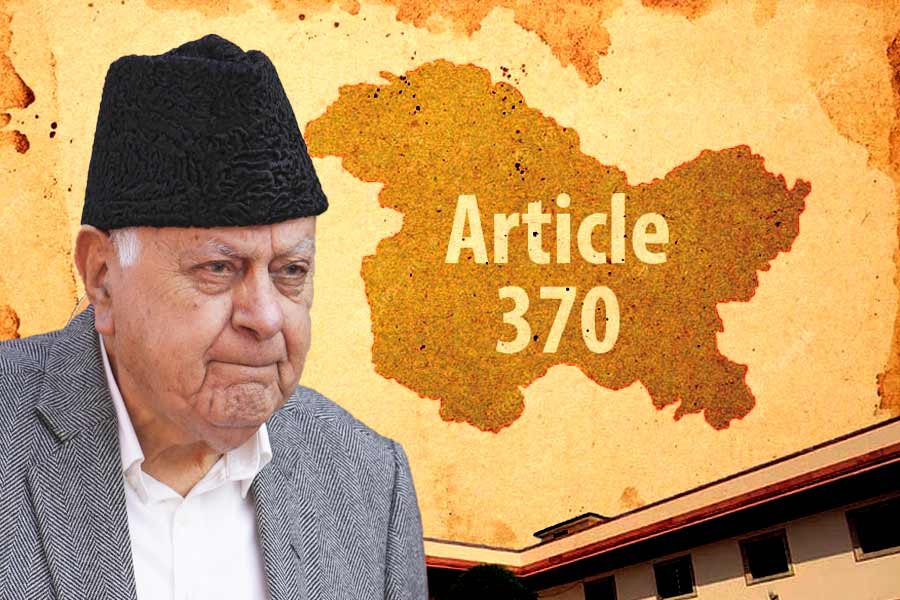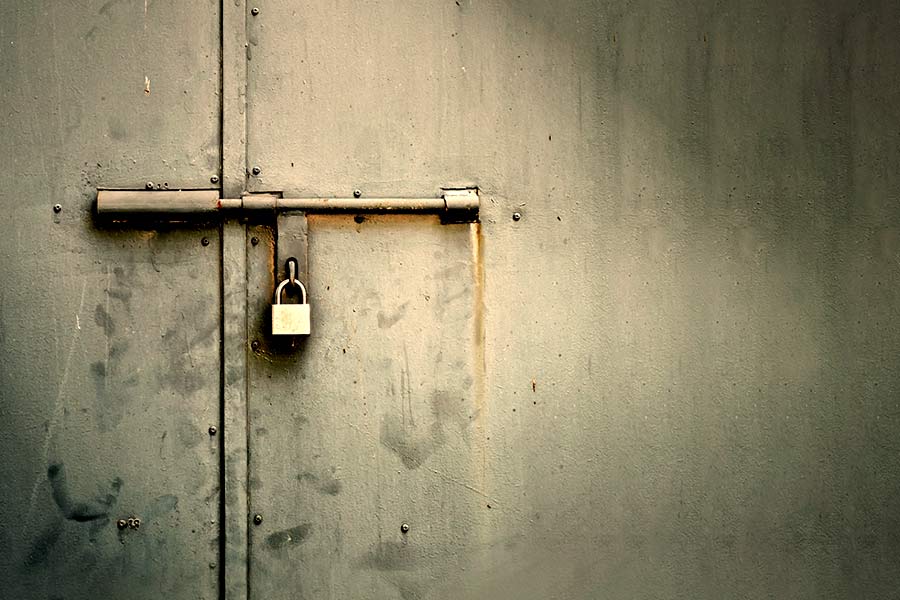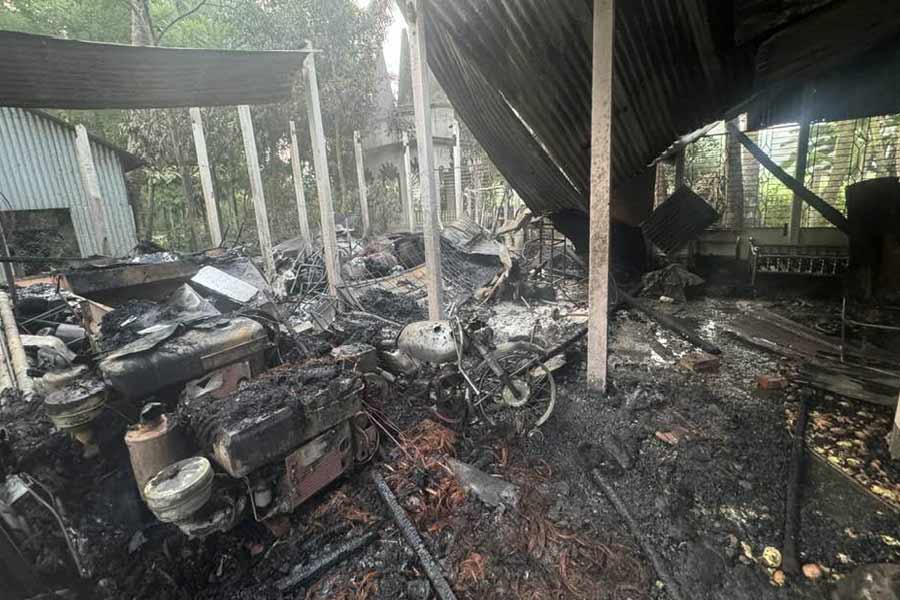
Both the Union and state governments are today attaching a great deal of importance to the Paika rebellion of Khurda, 1817.
The Union government is reported to have sanctioned Rs 200 crore for the rebellion's bicentenary celebration. The BJD ministry in Odisha is pushing the Centre to declare the Paika rebellion of 1817 as the first Indian war of Independence, though the propriety of such declaration is being questioned in different quarters.
Chief minister Naveen Patnaik has written to the Union home minister to issue a declaration of this type, already issued by the council of ministers in Odisha. Odias are fortunate to celebrate the bicentenary of the Paika rebellion, as its centenary (1917) almost went unnoticed because the country at that time was under colonial yoke and Odisha was far from becoming a separate state.
The English acquired various parts of India at various times and built the British Empire in India. It's difficult to decide which anti-colonial movement or insurrection was the first of its kind. Before the Paika rebellion, the British had encounters with Indian powers such as Nawab Siraj-ud-Doula and Mir Qasim of Bengal, Hyder Ali and Tipu Sultan, the rulers of Mysore and Maratha powers.
After the establishment of British rule, insurrections - big and small - occurred in different parts of India. Bengali historians such as S.B. Chaudhuri and Ranajit Guha have focused on such insurrections. Guha has focused on the autonomous role of the subaltern in his book Elementary aspects of peasants insurgency during the colonial rule. There is no mention of the Paika rebellion in his book. In colonial discourse, the rebellion of 1857 is called the Sepoy Mutiny. Considering the "extent" and "severity" of this rebellion, nationalist historians in general have called it the first Indian War of Independence. But eminent Bengali historian R.C. Majumdar has observed that it is neither the first nor Indian nor a war of Independence. S.B. Chaudhuri has called it a war of Independence.
Some Odias argue that if the rebellion of 1857 is the first Indian war of Independence, why then shouldn't the Paika rebellion of 1817 be called a war of Independence?
English official W. Ker has characterised the Paika rebellion of 1817 as a war of Independence in the following words: "Jagabandhu has given a lead in organising a movement, no matter in how haphazard a manner for ousting the newly established English from Orissa, he expected that the people who were hit hard by the mal-administration under the English and the Orissa chiefs who had been deprived of all their freedom would follow up lead to make common cause with him for the purpose of liberating their mother land."
Paika rebellion was not limited to Khurda; its impact was felt in distant areas such as Puri, Pipili, Banpur, Kujanga, Kanika and Pattamundai.
The severity of the rebellion is proved by the severity of penalties that followed its suppression - from capital punishment, 103 deportations and 55 imprisonments.
Some people of Odisha hold that the rebellion of King Mukanda Dev II, the raja of Khurda at the instance of Jai Rajguru, was the first Paika rebellion of Khurda.
There is a basic difference between Mukunda Dev II's rebellion in 1804 and the rebellion of 1817. The purpose of the 1804 rebellion was to regain the four Parganas forcibly occupied by the Marathas (Bhonslas) and get the payment of Rs 1 lakh promised by the British to the Raja of Khurda.
But the 1817 rebellion was the culmination of discontent against British mal-administration, over assessments, depreciation and abolition of Kaudi currency, East India Company's salt monopoly and inordinate rise in salt prices. It is held by some historians that in order to conceal the nature of discontent, the British called the rebellion one of the affected Paikas, or those Paikas whose rent-free land had been brought under the new settlement.
The 1817 rebellion was a rebellion of different sections - salt workers (Malangis), those who had lost zamindaris under the Sun Set Law, ordinary peasants, sevayats of the Jagannath temple and Kandhas.
By April 1817, the whole of Khurda went up in flames. By December 1818, the rebellion had been outwardly suppressed. But at this stage the rebel leaders carried on underground activities to paralyse the administration.
With the help of the Rajas of Ghumsur and Nayagarh, Baxi Jagabandhu was carrying on underground rebellious activities.
Ultimately, the British had to pacify Baxi by granting him pension and forcing him to stay at Cuttack. As pointed out by R. Haunter, an English official: "They (British) authorities had virtually to admit defeat by offering him (Jagabandhu) pardon. Though Jagabandhu surrendered himself, he was really the victor in the fight with the British."
At the end, a question may arise about Baxi Jagabandhu. Had he not lost the Rodangarh zamindari as a result of a bureaucratic conspiracy, would he have led the anti-British insurrection?
(The writer is former professor, department of history, Utkal University)


